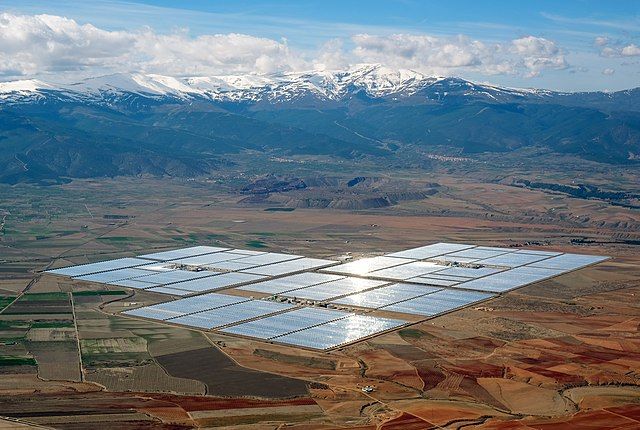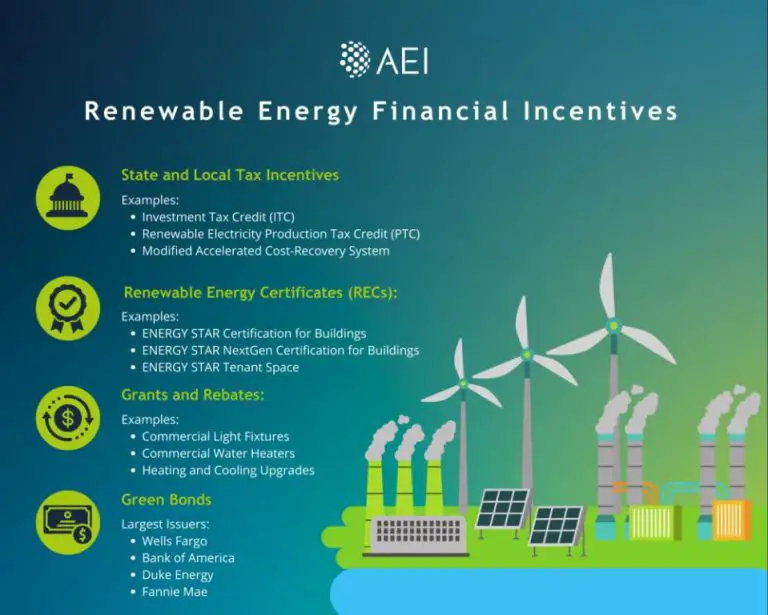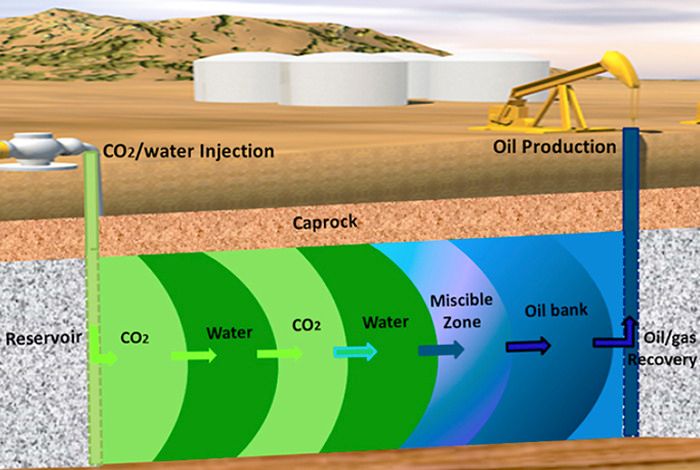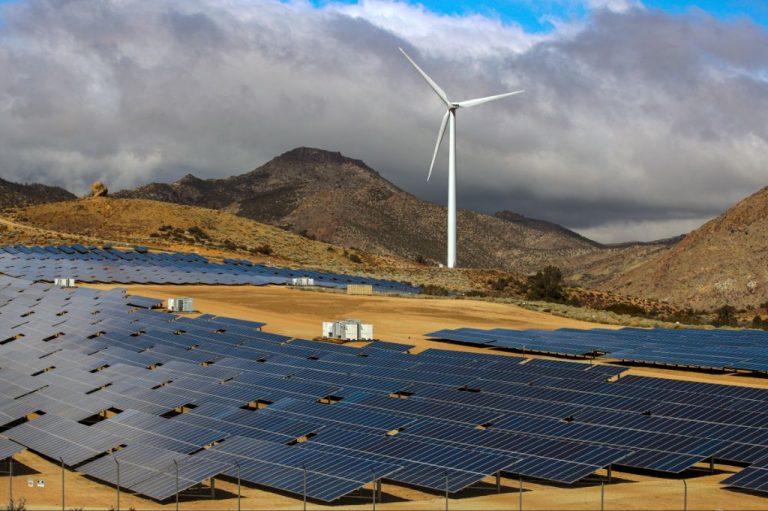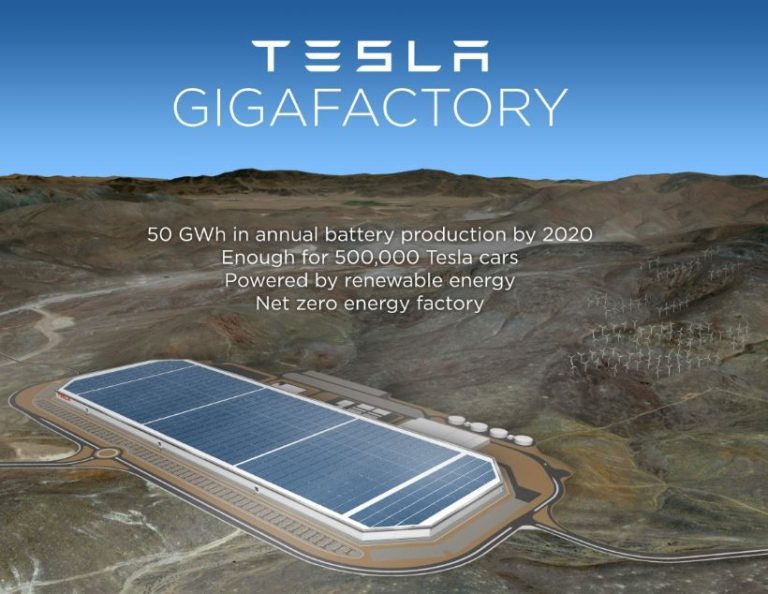Why Is Alternative Energy Considered Controversial?
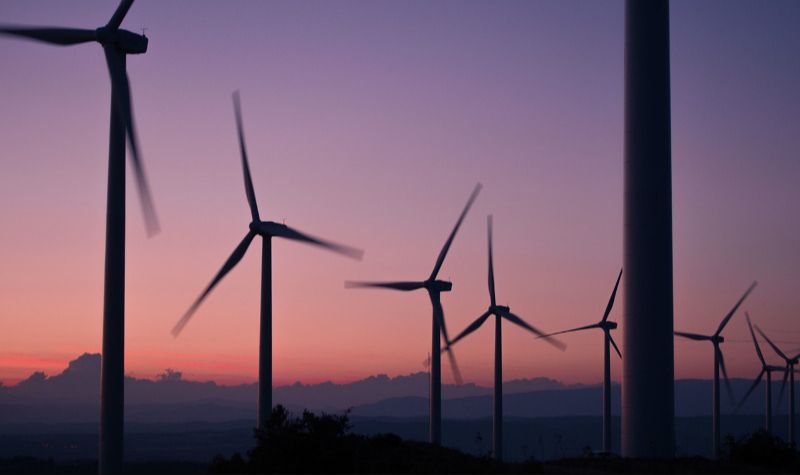
Alternative energy refers to energy derived from natural sources that are replenished at a faster rate than they are consumed, such as sunlight, wind, rain, tides, waves, and geothermal heat. The main types of alternative energy include solar, wind, geothermal, hydropower and biomass (plant or animal based material). According to the UN, renewable energy is “energy derived from natural processes that are replenished at a higher rate than they are consumed.”
High Upfront Costs
One of the main controversies surrounding alternative energy is the high upfront costs compared to conventional fossil fuels like coal and natural gas. Building utility-scale wind farms and solar photovoltaic (PV) facilities requires significant capital investments. According to analysis from the US Department of Energy’s National Renewable Energy Laboratory (NREL), the overnight capital costs for onshore wind in 2018 were around $1600/kW, while solar PV costs averaged between $1000-1500/kW depending on the technology. In comparison, building a new natural gas power plant costs around $1000/kW and a coal power plant around $1400-2000/kW according to NREL.
These high initial facility costs present financial and political challenges, as they require substantial investments by utilities, project developers, and policymakers. However, once built, wind and solar facilities have minimal ongoing fuel costs unlike fossil fuels. Multiple recent analyses show that over the lifetime of a project, new renewable energy is cheaper than continuing to operate existing coal plants when accounting for all costs.
Intermittency
One of the main concerns with renewable energy sources like solar and wind is that they are intermittent or unreliable. As EnergyX explains, renewable energy cannot consistently produce power at all hours due to fluctuations in wind and sunlight. This is called intermittency.
As noted in a Scientific American article, the intermittency of renewables disrupts conventional electric grid planning, which relies on consistent power output. Solar only generates power when the sun is shining, and wind power fluctuates based on wind conditions. This makes integrating high levels of renewables complex for grid operators.
The intermittent nature of renewables like solar and wind is a key challenge that contributes to the controversy around adopting alternative energy on a wide scale. Overcoming intermittency requires storage solutions, upgraded transmission systems, and backup power sources.
Land Use Concerns
Large utility-scale solar and wind farms can require significant amounts of land, which raises concerns about habitat destruction and land use conflicts. According to the Solar Energy Development Programmatic EIS, the clearing and use of large areas of land for solar facilities can adversely affect native vegetation and wildlife in many ways, including loss of habitat and habitat fragmentation, disturbance from construction, and impacts to water resources (https://solareis.anl.gov/guide/environment/). The Union of Concerned Scientists reports that utility-scale solar facilities in the US have a land use footprint ranging from 3.5 to 43 acres per megawatt of electricity produced. Large solar farms can displace native vegetation and agricultural land (https://www.ucsusa.org/resources/environmental-impacts-solar-power).
Similarly, wind farms require significant areas of land, potentially disrupting habitats and displacing wildlife. Proper siting and mitigation measures can help reduce environmental impacts. Overall, renewable energy has tradeoffs with land use that should be balanced against habitat destruction from fossil fuel extraction and climate change impacts.
Grid Reliability
Integrating alternative energy sources like wind and solar into the electrical grid can present technical challenges. Due to the intermittent nature of wind and solar power, balancing supply and demand on the grid becomes more complex (1). This can lead to instability and reliability issues if not properly managed.
According to a report by the American Progress, the answer is not to turn away from renewable energy. In fact, renewables can provide the redundancy and decentralization needed to build a more resilient grid (2). The key is modernizing the grid infrastructure and utilizing technologies like energy storage and advanced forecasting to balance variable supply and demand. With the proper grid upgrades and management strategies, a high penetration of renewable energy is achievable without sacrificing reliability.
Sources:
Job Loss Fears
The transition from fossil fuels like coal, oil, and natural gas to renewable energy sources like wind and solar has raised concerns about potential job losses in traditional energy industries. Estimates vary, but according to a New York Times article roughly 900,000 workers were directly employed by fossil fuel industries in the US in 2021. As demand for coal, oil, and gas declines in the shift to cleaner energy, many of these workers could face unemployment without adequate support and training.
A 2023 study published in Nature Communications found the green energy revolution in the US could displace up to 1.7 million fossil fuel workers over the next 15 years. However, the study notes the number of jobs created by renewable energy deployment and grid upgrades will likely offset these losses. Effective policies and programs to retrain displaced workers will be crucial for a just transition.
Subsidies and Regulations
Government subsidies and mandates for alternative energy have been a source of controversy. Many critics argue that subsidies distort the energy market, allowing uncompetitive renewable technologies to thrive only due to taxpayer support. For example, a Reuters report notes that US subsidies for renewable energy producers more than doubled from 2015 to 2022, reaching $15.6 billion. Opponents believe these subsidies prop up an industry that should succeed or fail based on its own competitiveness.
Proponents counter that fossil fuels have received subsidies for decades, and renewable energy needs government support to mature and achieve economies of scale. Tax credits, rebates, and other incentives help make alternative energy more affordable while the technology improves. They argue subsidies are a temporary stepping stone on the path to an efficient, low-carbon energy system. The debate continues around the appropriate size and duration of subsidies as alternatives compete with entrenched incumbents.
Aesthetic Concerns
Some find the look of wind turbines, solar panels, and large-scale renewable energy facilities visually unappealing or even an “eyesore.” This concern stems from the contrast between the natural landscape and the industrial appearance of renewable infrastructure. Though some see wind farms and solar arrays as sleek and futuristic, others feel they detract from the natural scenery and wilderness views [1].
Research shows the visual impact can increase annoyance and negative attitudes, especially for nearby residents. In one study, people who could see wind turbines from their home reported more annoyance with the noise than those who couldn’t see them [2]. The contrast with natural settings elicits stronger reactions. Strategic siting, design considerations, and community involvement can help mitigate aesthetic concerns.
Geopolitical Effects
Shifting away from fossil fuels like oil and gas to renewable energy sources could significantly alter global energy geopolitics and international relations (Geopolitics of Renewable Energy; The Geopolitics of Renewable Energy). For decades, oil and gas exports have shaped political dynamics between producer and consumer countries. Major exporters like Russia and Saudi Arabia derive power and influence from their control over global oil and gas supplies. As countries transition to locally-produced renewable energy, they may become less dependent on imported fossil fuels, reducing the geopolitical leverage of major oil and gas producers. This could transform established energy relationships and trade flows. While renewables could reduce certain geopolitical risks, the transition may also create new energy politics around critical mineral supplies, grid infrastructure, and cross-border energy flows (Geopolitics of Renewable Energy). The shift to renewable energy will not eliminate energy geopolitics, but could reconfigure it around new resources, technologies, and power dynamics.
Conclusion
In summary, the controversial aspects of alternative energy stem from concerns about high upfront costs, the intermittent nature of renewables, large land requirements, risks to grid reliability, potential job losses in conventional energy sectors, the need for subsidies and incentives, negative aesthetic impacts of things like wind and solar farms, and how the rise of renewables may shift geopolitical dynamics and energy dependence. While alternative energy has clear environmental benefits, these controversies show the complex transition and societal changes required to shift toward renewable sources. There are understandable fears about maintaining affordable and reliable energy while enabling new technologies and business models to scale. However, with thoughtful policies, technological innovation, strategic investment, and public engagement, many of these controversies can be addressed so alternative energy can cost-effectively decarbonize energy systems while balancing diverse stakeholder interests.

